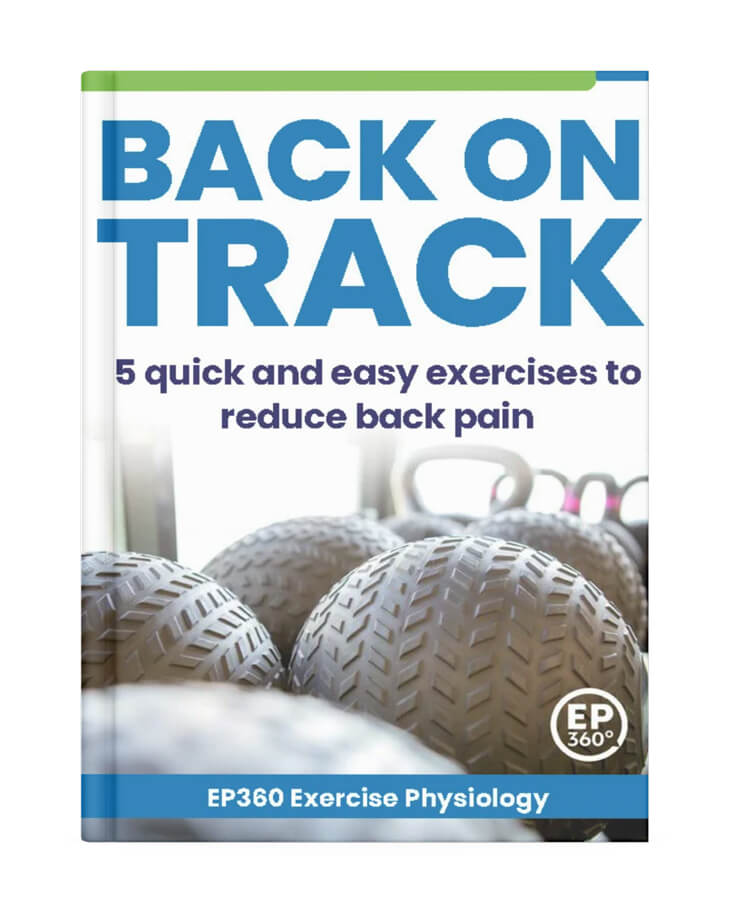You’ve just had a bone density scan. The report says “osteopenia.” Or maybe it says “osteoporosis.” What does that actually mean?
Both terms relate to bone density, but they indicate different stages of bone loss. In osteopenia, bone density is lower than normal, but not as low as in osteoporosis. Understanding these differences can help you take proactive steps to maintain or improve your bone health.
So, Bone Health… what’s that?
Bone health is a cornerstone of overall wellness, yet it’s often overlooked until problems arise. The strength of your bones depends largely on their mineral content, known as bone density. As we age, bone density decreases naturally, which can lead to conditions like osteopenia and osteoporosis. These conditions make bones more fragile and increase the risk of fractures and broken bones. Fortunately, you can take steps to protect your bones. Maintaining a balanced diet, staying active with regular exercise, and making healthy lifestyle choices all play a vital role in preventing bone loss and reducing your risk of developing osteopenia or osteoporosis. By prioritising bone health early, you can help keep your bones strong and resilient for years to come.
Understanding Bone Density
Bone density is a measure of how much mineral content is packed into your bones, and it’s a key indicator of bone health. The most common way to assess bone density is through a bone mineral density test, often called a DEXA scan. This quick, painless test usually focuses on the hip and spine, where bone loss is most likely to cause serious problems. The results are given as T-scores, which compare your bone density to that of a healthy young adult with normal bone density. A T-score between -1 and -2.5 signals osteopenia, while a score below -2.5 points to osteoporosis. Regular monitoring with a bone density scan can help catch changes early, so you and your healthcare provider can take steps to prevent further bone loss and protect your bone health.
What is Osteopenia and Bone Density?
Osteopenia refers to lower-than-normal bone density. It’s not low enough to be classified as osteoporosis, but it does signal that your bones are weaker than they should be. Think of it as a warning sign—your bones are losing density, and without intervention, this could progress to osteoporosis. Bone density loss means a reduction in bone mass and changes in bone tissue structure, which can weaken bones over time.
Common causes of osteopenia include:
- Ageing
- Hormonal changes (especially post-menopause)
- Lifestyle factors (e.g. smoking, alcohol, low activity)
- Nutritional deficiencies (e.g. low calcium or vitamin D)
- Certain medications (e.g. corticosteroids)
- Heritable factors (genetics)
- Not reaching peak bone mass in early adulthood
Low bone density is the main diagnostic feature of osteopenia, and people’s bone density typically peaks in their 20s (peak bone mass) and declines with age.
Often, osteopenia has no symptoms. Many people only discover it through a bone density scan.
Osteopenia can also be found in younger patients, especially those with certain risk factors or medical treatments.
For more info here you cead more from Cleveland Clinic and see HealthDirect’s overview on osteopenia.
What Is Osteoporosis?
Osteoporosis is a more severe condition where bones become porous and fragile, increasing the risk of fractures. As bone density decreases, fracture risk increases significantly. It’s often called a “silent disease” because bone loss happens gradually and without pain—until a break occurs.
Risk factors include:
- Older age
- Female sex (especially postmenopausal)
- Low body weight
- Family history
- Certain conditions (e.g. thyroid disease, rheumatoid arthritis)
Some of these risk factors can lead to an increased risk of developing osteoporosis.
Fractures typically occur in the hips, wrists or spine and can have major impacts on long-term health and independence. As osteoporosis progresses, the risk increases for serious complications, and early detection can help prevent developing osteoporosis.
Key Differences at a Glance
| Feature | Osteopenia | Osteoporosis |
|---|---|---|
| Bone Density | Below normal | Significantly below normal |
| T-score Range | -1.0 to -2.4 | -2.5 or lower |
| Fracture Risk | Low to moderate | High |
| Symptoms | Usually none | Often none until a fracture |
| Reversibility | Often manageable | May require medical management |
As bone density drops from osteopenia to osteoporosis, bone strength is significantly reduced, which greatly increases the risk of fractures.
Further reading
- Verywell Health: Osteopenia vs Osteoporosis
- Harvard Health: What’s the difference between osteoporosis and osteopenia? here.
Risk Factors and Diagnosis
Many factors can increase your risk of developing osteopenia and osteoporosis. Some, like age, sex, and family history, are beyond your control, while others—such as diet, physical activity, and alcohol consumption—are lifestyle choices you can influence. Hormonal changes, especially during menopause, and certain medical conditions can also contribute to bone loss. If you have a higher risk due to these or other risk factors, your doctor may recommend a bone density test to diagnose osteopenia or osteoporosis. Low calcium intake, vitamin D deficiency, and excessive alcohol use are additional risk factors that can weaken bones over time. By understanding and addressing these risks, you can take proactive steps to prevent osteopenia and osteoporosis and maintain strong, healthy bones.
Why These Conditions and Risk Factors Matter
Bone health is vital for maintaining confidence, mobility and independence. Osteopenia is a warning sign, and osteoporosis is a more advanced stage of bone loss. Both increase the risk of fractures—but both can be managed with the right support. Early intervention is key to help prevent fractures and prevent osteoporosis, especially in those at increased risk.
Early detection and proactive steps can make a real difference.
Nutrition and Bone Health
Eating a balanced diet rich in calcium and vitamin D is one of the best ways to support bone health. Calcium is essential for building and maintaining strong bones, and you can find it in foods rich in this mineral, such as dairy products, leafy green vegetables, and fortified foods. Vitamin D is equally important, as it helps your body absorb calcium effectively. You can get vitamin D from sunlight, certain foods, and supplements if needed. Ensuring you have adequate calcium and vitamin D in your eating plan can help prevent osteopenia and osteoporosis, and lower your risk of fractures. A varied, balanced diet that includes plenty of whole foods will provide the nutrients your bones need to stay healthy and strong.
Exercise and Bone Health
Regular exercise is a powerful tool for maintaining bone density and overall bone health. Weight-bearing exercises—like walking, jogging, dancing, and weight training—encourage your bones to grow stronger and help slow bone loss. These activities put gentle stress on your bones, stimulating them to maintain or even increase their mineral content. Other forms of exercise, such as tai chi and yoga, can improve balance and coordination, reducing your risk of falls and fractures. Combining regular exercise with a balanced diet and healthy lifestyle choices is key to preventing osteopenia and osteoporosis. If you’re unsure where to start, a healthcare provider can help you develop an exercise plan tailored to your needs, so you can keep your bones strong and reduce your risk of developing these conditions throughout your life.
What Can You Do?
While every person’s situation is different, general steps to support bone health include:
- Staying active with weight-bearing and resistance-based movement
- Getting enough calcium and vitamin D through diet or supplements
- Avoiding smoking and limiting alcohol intake
- Working closely with your GP or health professional
The best treatment for osteopenia or osteoporosis depends on your individual risk factors. Treatment for osteopenia often focuses on lifestyle changes such as a healthy diet, regular weight bearing exercise, and monitoring bone density. Osteoporosis treatment may involve medications to slow bone loss, in addition to these lifestyle modifications. Your healthcare provider can help you choose the most appropriate treatments, including medical interventions and other strategies, to manage your bone health and reduce fracture risk.
Healthline: Osteopenia vs Osteoporosis Washington Post: Bone health and medication
How EP360 Supports You
At EP360, we regularly work with people diagnosed with osteopenia, osteoarthritis, and osteoporosis. We focus on:
- Helping you feel confident and safe when moving
- Reducing your risk of falls or further bone loss
- Supporting strength, balance and mobility—at your pace
You don’t have to “figure it out” alone. Whether you’re looking to return to activity, stay independent, or just feel stronger, we’re here to help.
We also support referrals under Medicare EPC plans, WorkCover, NDIS, and more.
Final Thoughts
Osteopenia and osteoporosis are common—but they’re also manageable. Don’t wait for a fracture or another scare to act. Whether you’ve just received a diagnosis or you’ve been living with it for years, it’s never too late to take action.
Need help? Reach out to EP360 and we’ll guide you through your options.







